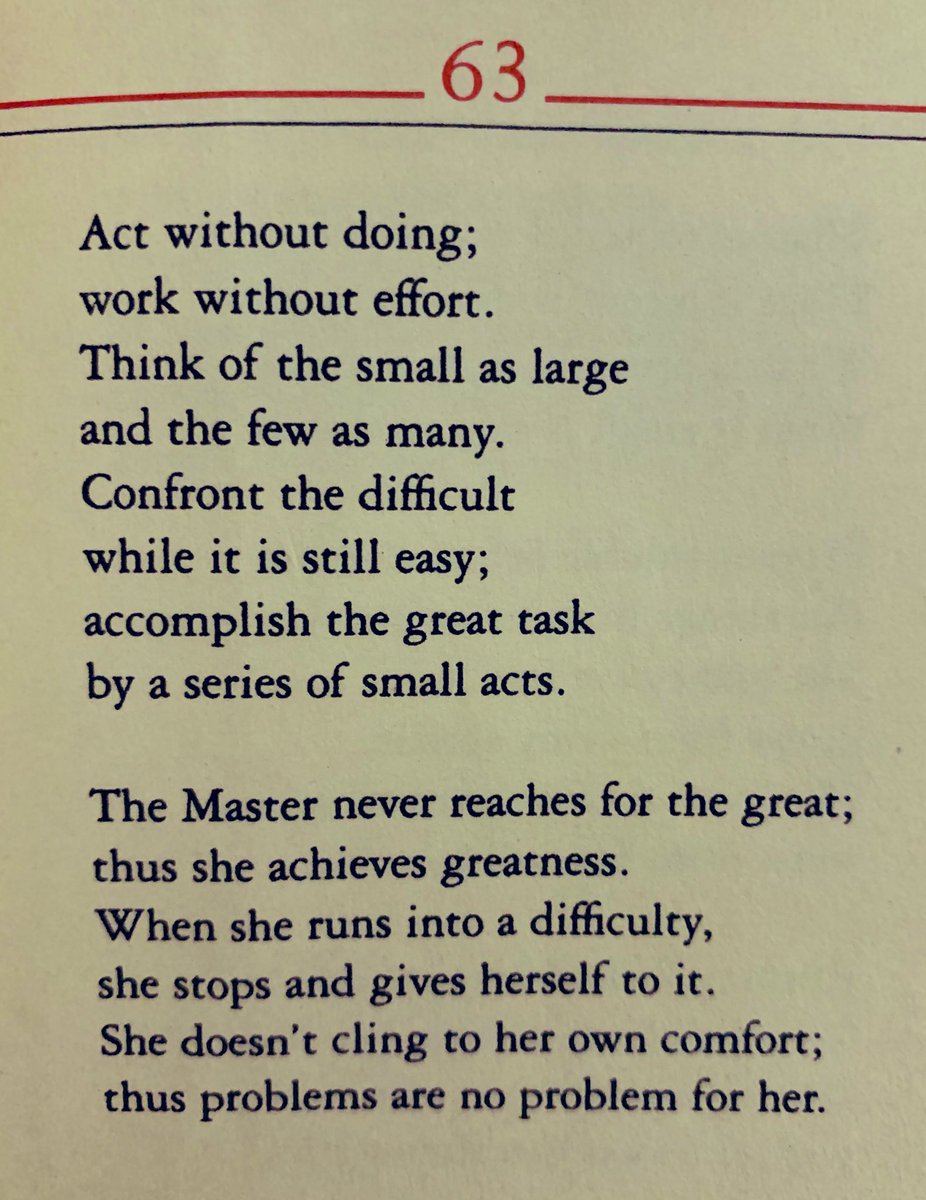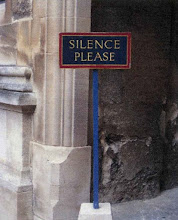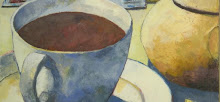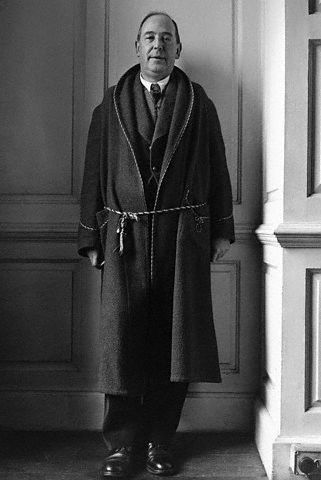When it comes to solving problems, your perspective only provides one singular view of the situation. This can seriously limit creativity, and is therefore damaging to the overall progress of your idea.
Edward de Bono’s Six Thinking Hats is a great technique for breaking
away from a narrow point of view as it encourages us to look at a problem from
many different angles and experiment with different approaches.
WHITE HAT: Gather the facts
To begin the exercise, gather all of the information
surrounding your problem and focus on the facts. Study the data that is
available and see what you can learn from it. Do you need any additional
information to help find a solution to your problem? If so, attempt to find it
or take account of it. It’s important to remain neutral and objective during
this stage.
RED HAT: Listen to your instincts
Good ideas can stem from gut instincts, so for the next
stage look at your problem using feelings and intuition. Don’t worry about
justifying the way you feel towards the problem, just be aware of your
immediate personal hunches, as well as how others will react to them.
BLACK HAT: Pick out the faults
For this stage, look at the negative aspects of a potential
solution. Think about why it might not work, and point out any possible
problems. Highlighting the risks and weaknesses of the solution will help you
decide whether to simply amend it or disregard it, which will lead to a
stronger solution for your problem in the long run.
YELLOW HAT: Focus on the benefits
During this stage, think positively and focus on the values
and benefits of the possible solution. Think about how you can build on its
advantages and explore why it would work. Adding a little optimism is
especially helpful when things are looking a bit disappointing.
GREEN HAT: Get creative
This is the stage where you seek fresh, creative solutions
to the problem (and Mind Mapping really comes into its own). A Mind Map’s
structure and use of one key word per branch triggers associations in the
brain, sparking new ideas. You will likely discover fresh associations that may
have been invisible before. Take the output of the other stages and use it to
trigger new possibilities and ideas; overthrow Black Hat problems and build on
the beneficial aspects recognised in the Yellow Hat stage.
BLUE HAT: Step back and evaluate the process
Focus on the thinking process itself during this stage.
Determine what thinking is needed to progress; if you’re struggling to generate
ideas, aim your attention towards Green Hat thinking. If a contingency plan is
needed, target Black Hat thinking. Create a summary to round things off.
The great thing about the Six Thinking Hats technique is that it triggers your mind into action, forcing it to think differently and consider ideas outside of your norm. Combined with the associative nature of Mind Mapping, you’ll have an abundance of information to build on for the best possible solution for your problem.





















































































































No comments:
Post a Comment